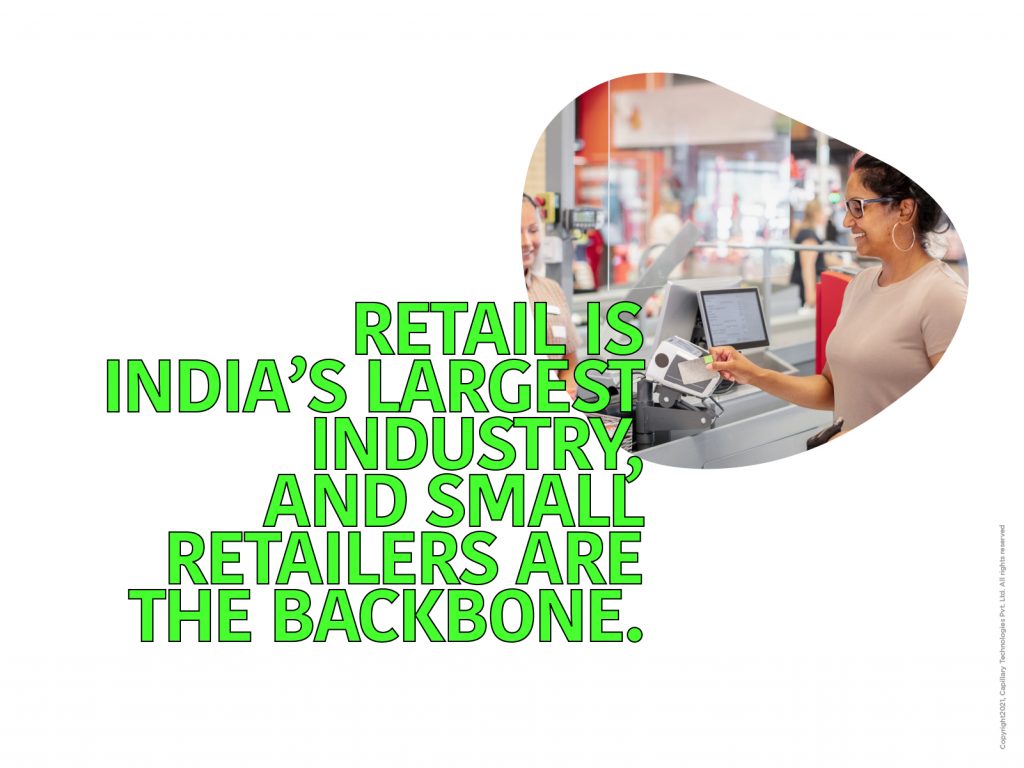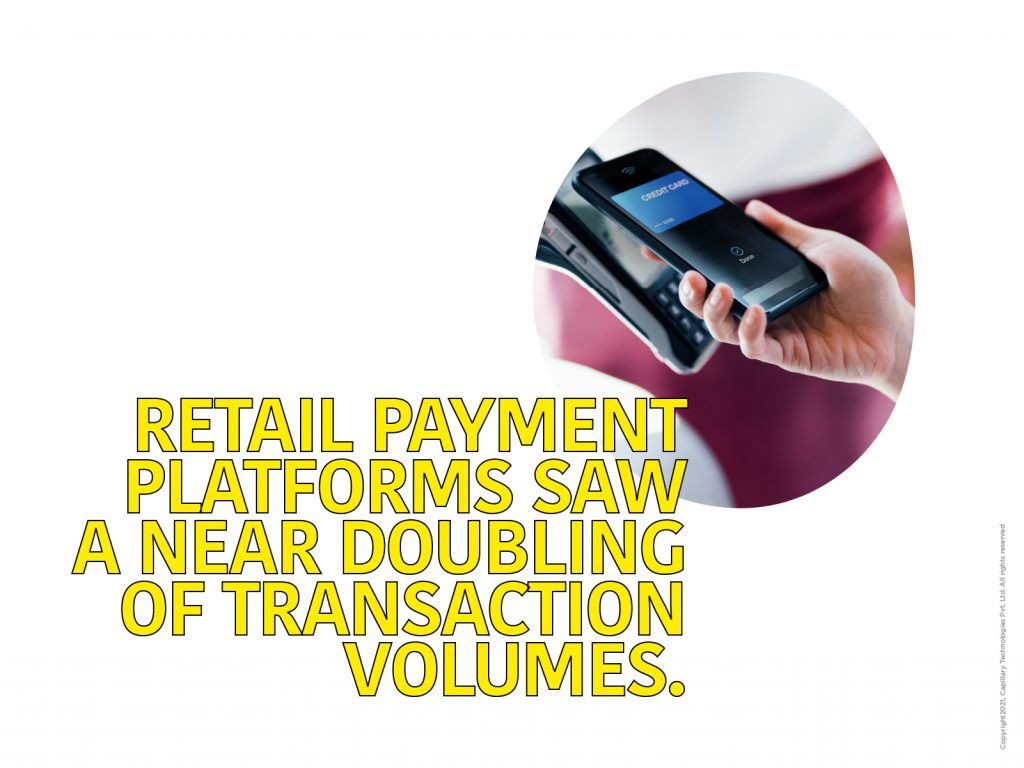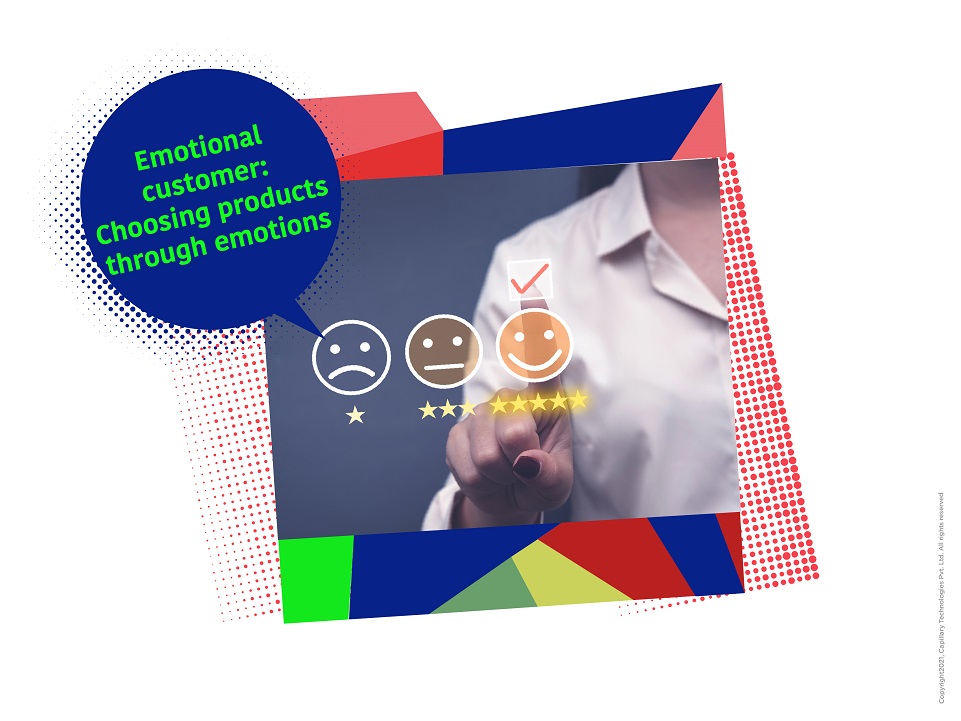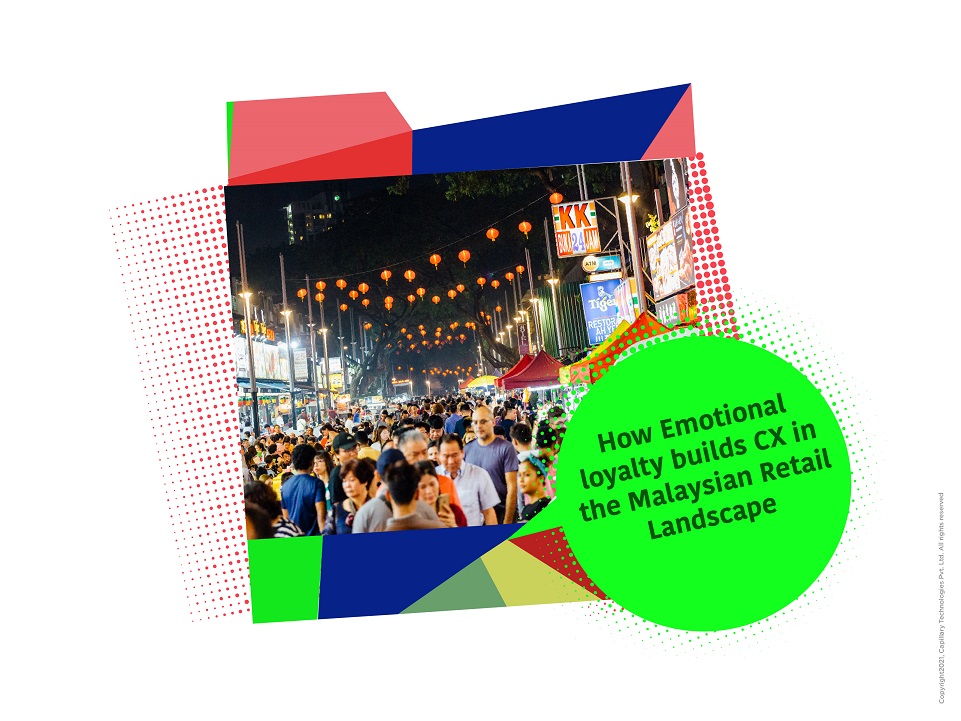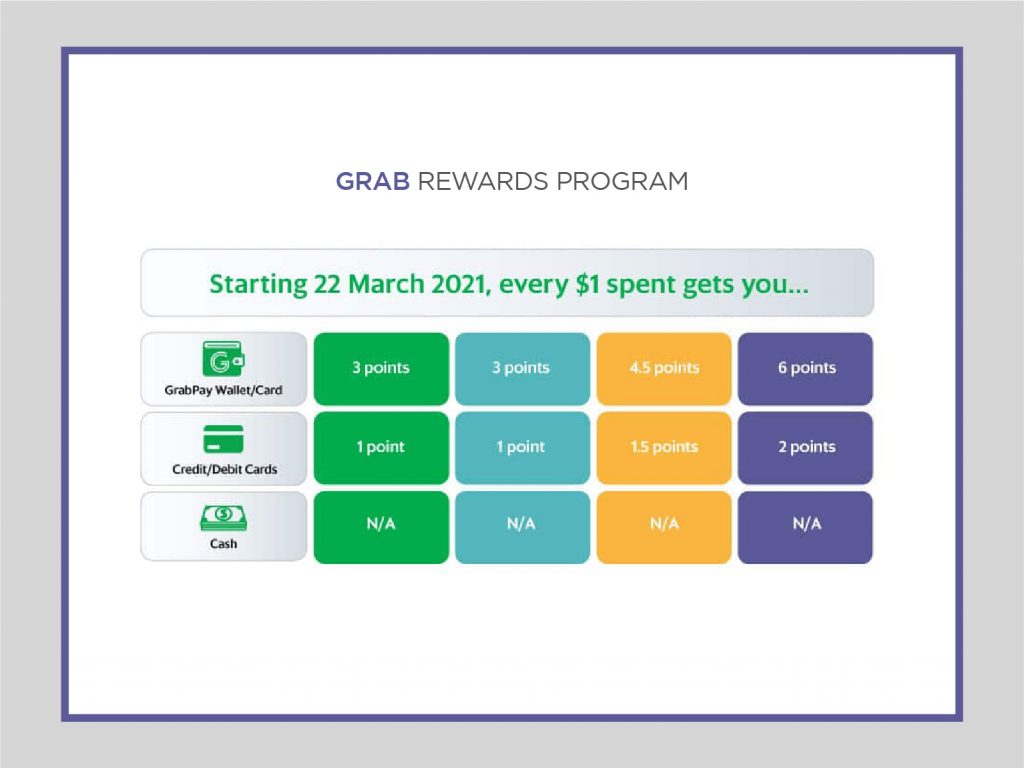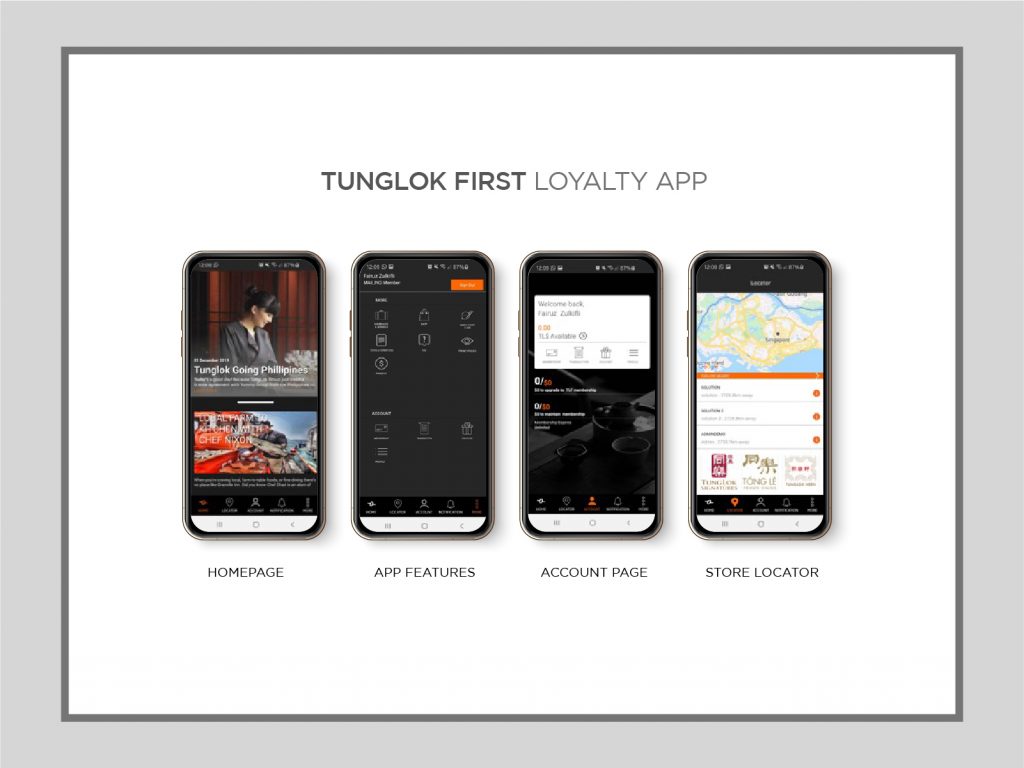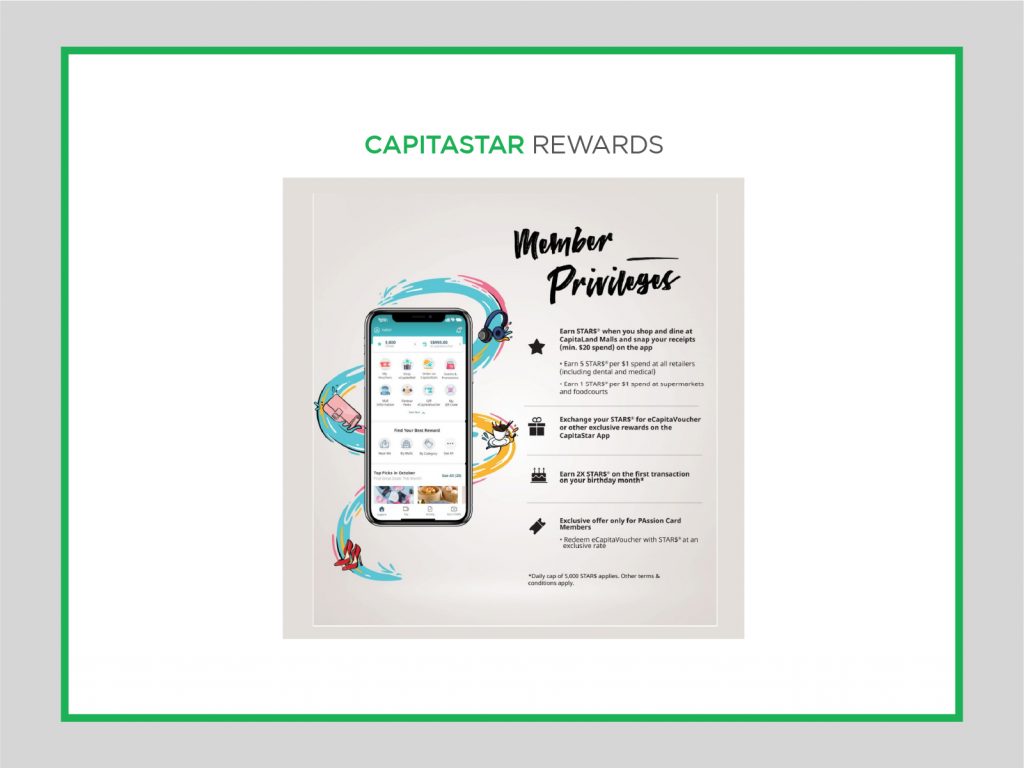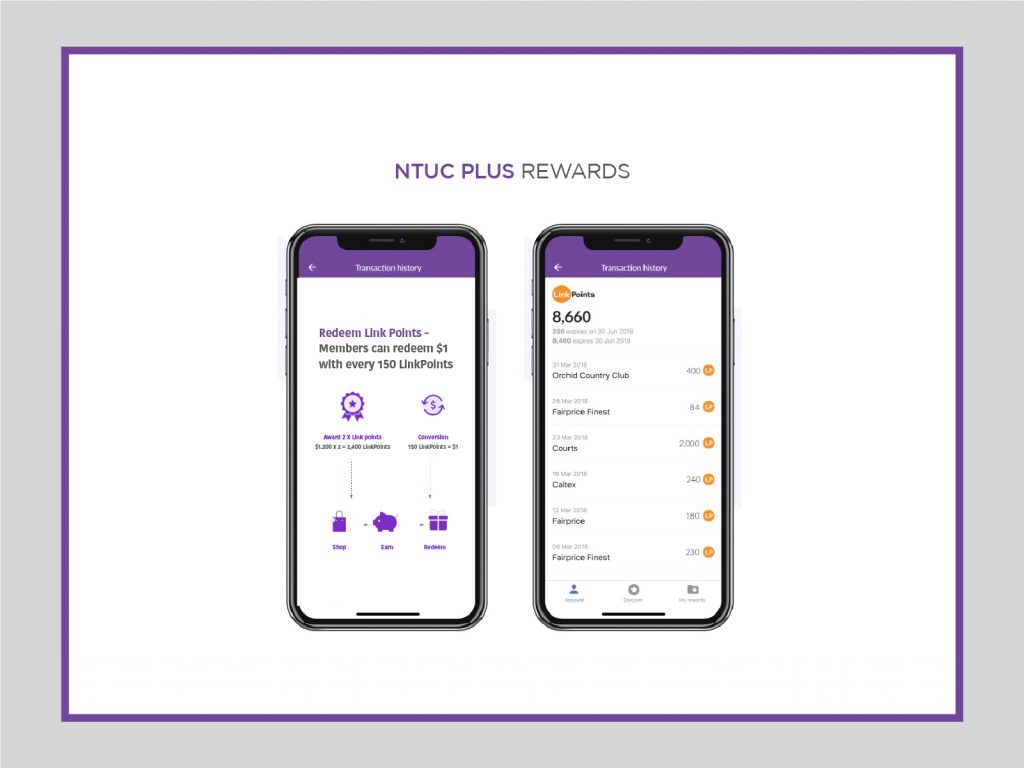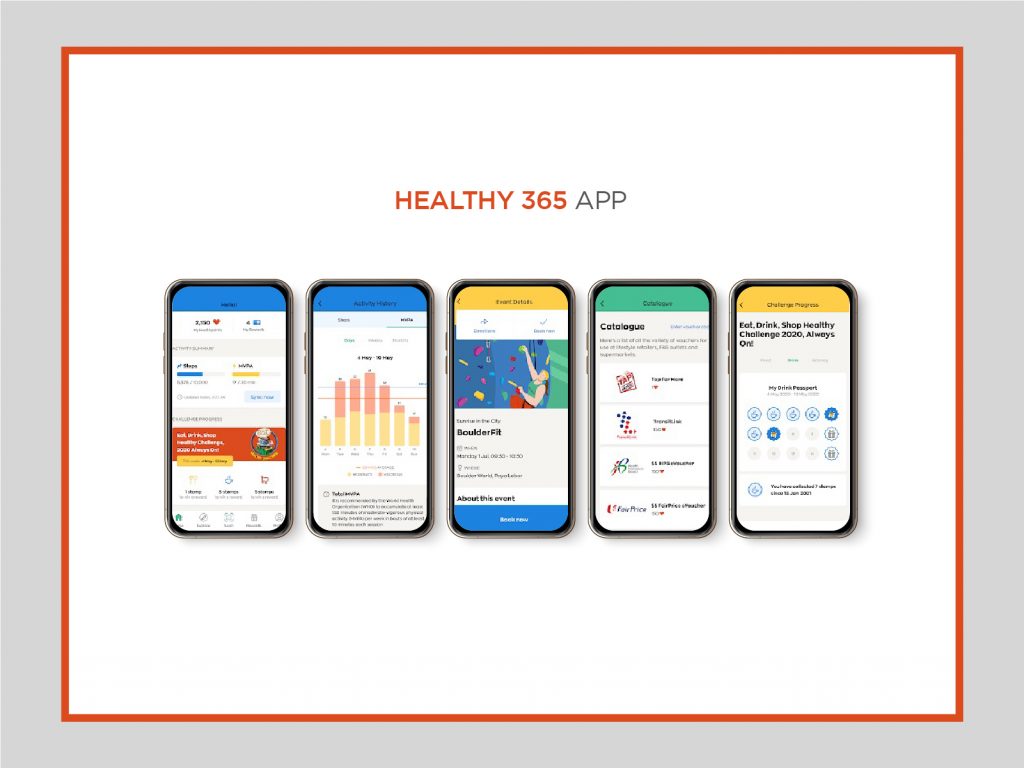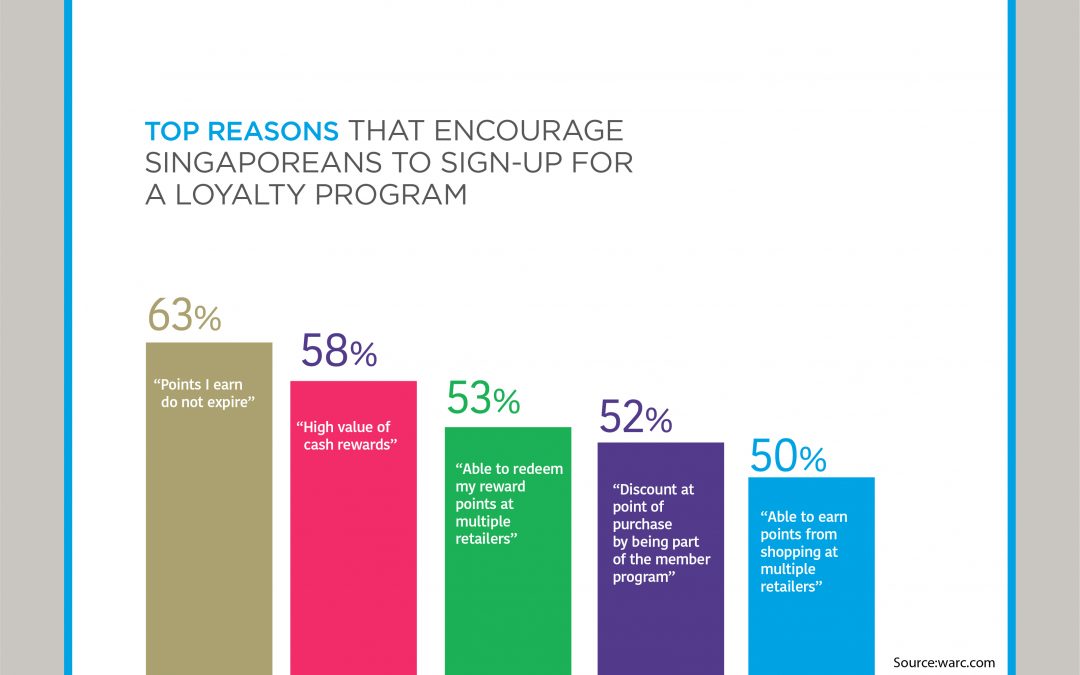When a crisis hits, a challenger brand thinks of new ways to emerge out of the situation and thrive despite facing market odds.
When the pandemic hit globally, many retailers pivoted their focus from offline retail to digital channels and up their ecommerce game to not lose out to competition. Owing to a permanent shift in customer purchase patterns brought by the pandemic, the ecommerce space exploded!
‘72% of retail professionals said the crisis accelerated their digitalization plans by at least one or two years with 21% saying it fast-forwarded plans by at least three years.’ – A survey by Euromonitor International
Technologically advanced retail experience is the future – digital and physical. As customers increasingly become dependent on ecommerce for grocery to white goods even when stores are reopening, enabling a smooth and seamless experience is the key goal of a marketer. As the data shows, after a surge of almost 34% in 2020, ecommerce retail sales are expected to grow 13.7% this year while non-ecommerce sales will see 2.2% growth. To aid marketers ride the wave of ecommerce growth, we have released technologically advanced features to fetch the best value out of the digital world!
1. Search box enhancements on ecommerce site
Today’s customers are technologically empowered. A website/an app becomes the face of a brand when they shop online. Enhancing the complete customer journey with technology can go a long way in making their shopping experience truly enjoyable. To enable a great customer experience and maximize the effectiveness of the website search box, here are the recent additions to the Anywhere Commerce+ Platform.
- Spelling correction: Typing out the incorrect spelling/short form of words and missing out some letters while searching for a product online is one of the most common mistakes. To auto-correct it and show the right results for the customers, this feature can be enabled. With spelling correction, the shoppers can now be shown products which are closest match to the keywords even if they spell it incorrectly in the search window. Find out how to enable this feature here.
Use Case: A query for Pajama instead of Pyjama can still show the right product results.
Benefit: Allows shoppers to continue their journey on the website leading to higher chances of adding products to the cart.
- Synonyms: There could be a huge difference in how a brand categorizes its products and how a customer searches for it. This difference could lead the search queries to ‘no results found’ page. With the Synonyms feature, brands can now enable similar words for common searches that can match with the shopper’s search criteria and show similar items. This feature also has high relevance in regional context where people might be using local words to search products
Use Cases: In India, customers might search for the regional word – ‘Badam’ of Almonds for a supermarket’s website and still get the right results.
A shopper searches for pants but the ecommerce website has categorized it under the ‘trousers’ section’. Enabling synonyms could be helpful in this case.
Benefit: Higher click through rates leading to higher conversions
- Stopwords has the ability to ignore unnecessary keywords such as prepositions, conjunctions, articles from search queries.
Use Case: In a search query – Tops for women, ‘for’ can be ignored to get the results for women’s tops.
Benefit: Boosts precision and improves the system performance by saving processing time during search execution
- Tracking no search results: Brands can now slice and dice the queries leading to ‘No search results pages’ in Google Analytics to measure the impact of no search results on conversions and their frequency. It also enables brands to understand the efficiency of keyword search, recognize synonyms, and add any more product lines customers might be interested in. Learn how to enable this feature here.
2. Enhanced Webpage experience
Google emphasizes on user experience once again with the Core Web Vitals to rank the websites with a good on-site experience higher. Google has shared 7 search signals to improve the health of the website and delivery search results. While the 4 vitals – Mobile friendliness, Safe browsing, HTTPS/SSL, or encryption, Intrusive interstitials have been around for quite some time now, the last three are going to impact the ranking majorly.
- Largest Contentful Paint (LCP): Decides the page loading performance to show the largest website content such as images and videos
- First Input Delay (FID): Processes the first interaction on the website after it loads
- Cumulative Layout Shift (CLS): Refers to unexpected layout shift while users are interacting with the website
At Capillary, we aim to rank your website higher with the recent enhancements on our Anywhere Commerce+ Platform inline with Google’s Core Web Vitals. The Google Lighthouse Score, which measures the quality of web pages has been improved to bring more traffic to the website leading to a possible increase in the conversion rate. Learn how to enable this feature here.
In this customer oriented world, merely providing a good experience is not enough to provide an edge to your brand. Customer behavior is different from what it was yesterday and will be different tomorrow from what it is today. Constant amplification of a complete retail experience with the change is what’s needed.
